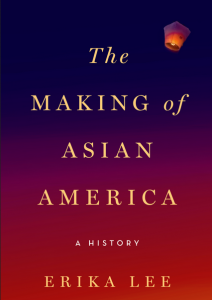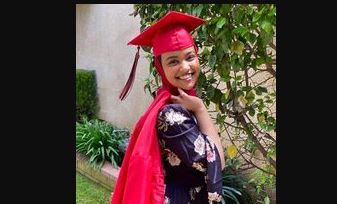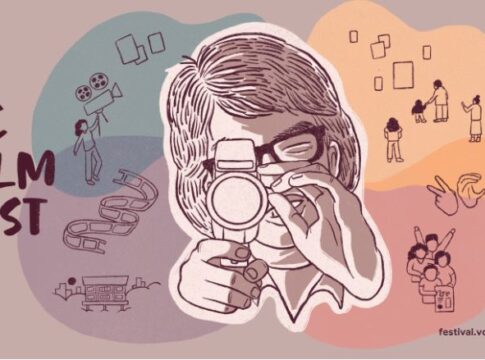Erika Lee’s own family history exemplifies the Making of Asian America, the title of her new book published by Simon & Schuster.
Lee’s family goes back six generations in the United States–all the way to the California Gold Rush in the mid-18th Century. Despite their long history, the family remained separated by the Pacific Ocean for three generations. The Chinese Exclusion Act made it difficult for her family to come to the United States.
Immigration, racism and the struggle to become American, all part of Lee’s family history, are the commonalities that she says connects the 24 ethnic groups defined by the U.S. Census Bureau as Asian American.
At the same time, her family history is an example of what makes each Asian American subgroup’s history distinct.
LATEST STORIES
“The experiences of my family are probably very different from those who are more recently arrived in the U.S,” said Lee. “We know from history that some Asian American groups are treated very differently from each other due to U.S. international relations. World War II, for example, was a time of forced removal and incarceration for Japanese Americans while Chinese American and Filipino Americans and Indian Americans, all faced some easing of restrictions due to the new alliance with China, the Philippines and India.
Despite what most might expect, Lee believes the story of Asians in America is not limited to just the United States, but includes both North and South America.
The Making of Asian America begins with the first Asian immigrants to the Americas including Filipino sailors who arrived on ships in the 1500s. Some 40,000 to 100,000 Asians from China, Japan, the Philippines, South and Southeast Asia sailed from Manila to Acapulco during the 250-year history beginning in 1565. Collectively they were known as los chinos. Some came as slaves. Indentured South Asian “coolies” worked alongside African slaves in the Caribbean.
Lee tells the story of Mirrha Catarina de San Juan, a South Asian girl taken to Mexico as a slave during the 17th century. She was kidnapped and sexually assaulted on the slave ship, won her freedom when the Spaniard who bought her, Captain Miguel de Sosa, died. Catarina de San Juan went on to become a healer and Catholic visionary. Today there is an enormous statue in her honor which graces the city of Puebla, Mexico.
Asians began making their presence felt in the United States in the 18th Century as part of trade missions or to fill needs in the work force.
“The first Chinese arrived in the U.S. on board American ships engaged in the China trade in the late 18th century,” said Lee. “The U.S. forced open Japan and soon Japanese laborers were en route to Hawaii in the late 19th Century. The U.S. colonized the Philippines and Filipinos came as U.S. Nationals in the early 20th century. After World War II, U.S. engagement in Asia led to other migrations–Korean adoptees, Southeast Asian refugees. More recently, highly skilled and professional migrants come from China, India, and elsewhere to support the U.S. economy.”
The Making of Asian America concludes with the story of Jose Antonio Vargas, a Pulitzer-prize winning journalist who revealed he is an undocumented immigrant from the Philippines and has emerged as a face of the Dreamer movement and an outspoken advocate for immigration reform.
Lee currently teaches history at the University of Minnesota. She is the Rudolph J Vecoli Chair in Immigration History at the U of M and Director of the Immigration History Research Center. She received her PhD from the University of California at Berkeley and grew up in the San Francisco Bay Area.








